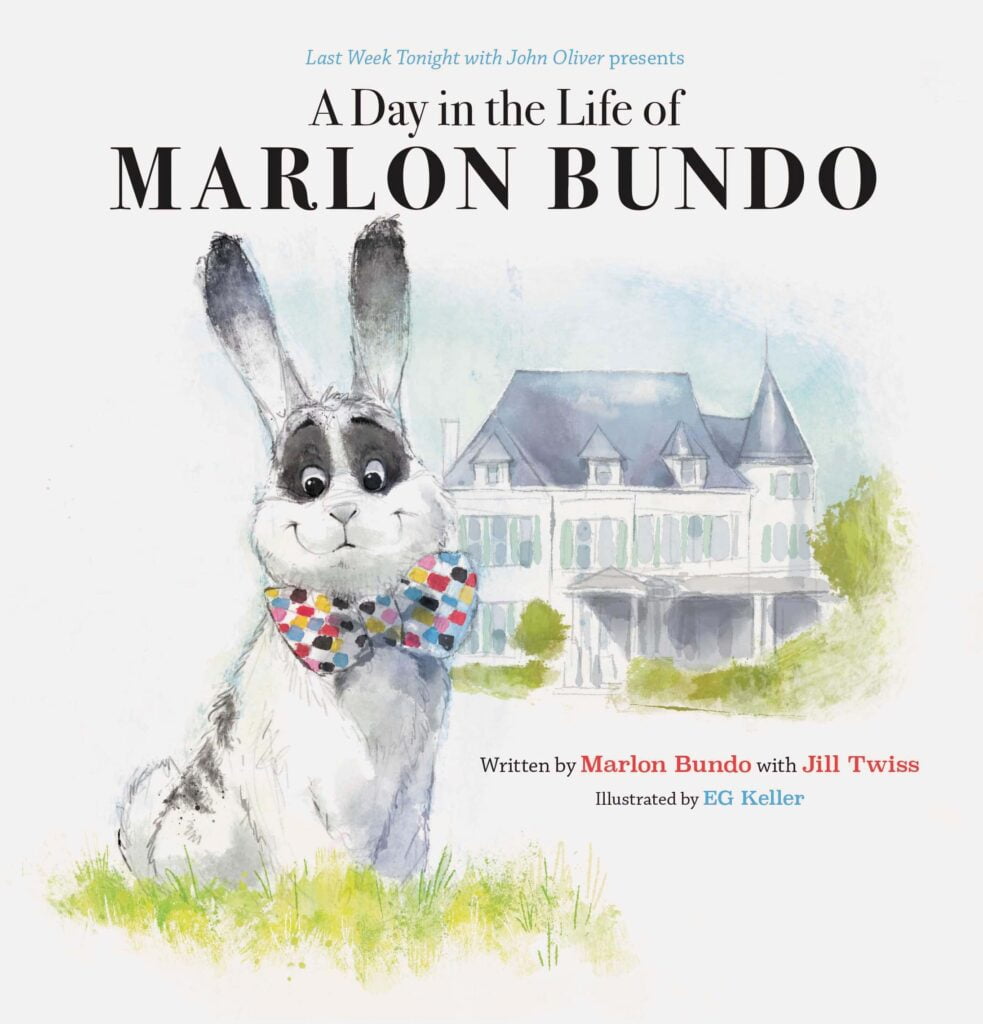
A vignette is a short descriptive narrative, usually humorous in tone, that paints a vivid picture of a scene, character, or situation. Commonly used in creative writing and journalism, vignettes can also be used to provide background information or set up a context for a story. Some examples are “The old general store filled with dusty jars and rusty tools,” or “The couple danced in the moonlight, laughing and singing“. Some examples from famous books are the opening of A Christmas Carol, or the start of The Great Gatsby.
The Essence of Vignettes
Vignettes can be compared to a scrumptious bite of chocolate cake. They may be small, but they pack a flavorful punch. Each little piece offers a snapshot of a larger world, engaging readers and capturing their imaginations. While these tasty morsels may not be as filling as a full-length novel, they can provide a satisfying literary experience.
The Purpose and Use of Vignettes
Vignettes are versatile tools that can serve a variety of purposes in writing. They can:
- Set the stage: By providing a glimpse into the setting, a vignette can draw readers into the story and make them feel as though they’re right there, experiencing the world with the characters.
- Character exploration: A vignette can offer insight into a character’s personality or backstory, allowing readers to connect with them on a deeper level.
- Create atmosphere: By focusing on the sensory details of a scene, a vignette can evoke a specific mood or atmosphere, immersing readers in the story’s world.
- Break up long narratives: In longer works, vignettes can serve as breaks between chapters or sections, giving readers a moment to pause and absorb the story so far.
Vignette Writing Tips
Crafting a vignette that captivates readers is no piece of cake, but with a few simple tips, writers can create vivid, engaging snapshots that leave readers craving more.
- Keep it short: Vignettes are meant to be brief, so avoid the temptation to ramble on. Aim for a few paragraphs or even just a single paragraph, depending on the desired effect.
- Focus on details: To make a scene come alive, hone in on specific sensory details. Describe sights, sounds, smells, tastes, and textures to create a rich, immersive experience.
- Show, don’t tell: Instead of simply stating information, use descriptive language and action to illustrate a scene or character.
- Embrace ambiguity: Vignettes often leave readers with unanswered questions, sparking their curiosity and encouraging them to imagine the rest of the story.
Examples of Vignettes in Literature
A Christmas Carol
In Charles Dickens’ classic tale, the opening vignette sets the stage for the story that follows:
“Marley was dead: to begin with. There is no doubt whatever about that. The register of his burial was signed by the clergyman, the clerk, the undertaker, and the chief mourner. Scrooge signed it: and Scrooge’s name was good upon ’Change, for anything he chose to put his hand to. Old Marley was as dead as a door-nail.”
This vignette introduces readers to the gloomy atmosphere and the cold-hearted character of Ebenezer Scrooge.
The Great Gatsby
F. Scott Fitzgerald’s iconic novel opens with a vignette that offers a glimpse into the narrator’s mindset:
“In my younger and more vulnerable years my father gave me some advice that I’ve been turning over in my mind ever since. ‘Whenever you feel like criticizing any one,’ he told me, ‘just remember that all the people in this world haven’t had the advantages that you’ve had.'”
By sharing this personal reflection, the vignette sets the tone for the themes of wealth, class, and privilege that permeate the novel.
Crafting Your Own Vignettes
Ready to take a stab at creating a delectable vignette? Here’s a step-by-step recipe to get started:
- Choose a subject: Decide on a character, setting, or situation to explore.
- Focus on the senses: Identify specific details that bring the subject to life.
- Write the scene: Begin crafting the vignette, incorporating the sensory details and focusing on showing, not telling. 4. Edit and refine: Review the vignette and make any necessary revisions to sharpen the imagery, tighten the language, and ensure it meets the desired length.
With practice and patience, the art of crafting delightful vignettes will become second nature. These bite-sized snapshots can add depth and intrigue to any story, making them invaluable tools for writers of all genres. So go ahead, indulge in some literary chocolate cake, and watch as readers savor every last morsel.
If you’re thirsty for more writing knowledge, head over here to learn all 74 literary devices.





